The theme for this year, "Prayer Will Be More Beautiful in a Free Aqsa," infused the event with a deeper sense of purpose, linking the spiritual act of prayer with the global cause of Palestinian freedom.
For weeks leading up to the march, children across Istanbul and other provinces participated in prayer training and religious education sessions, where they not only learned the mechanics of prayer but also absorbed the values that underpin their faith. These sessions culminated in a march that began at the Hazrat Abu Bakr Mosque in Bağcılar. The choice of location and the timing—immediately after the afternoon prayer—were deliberate, symbolizing the seamless connection between faith and action.
As the march progressed toward Bağcılar Square, the sight was both inspiring and poignant. Children, some barely taller than the banners they carried, walked alongside their parents, their small voices joining in unison as they chanted slogans in support of Palestine. The banners they held aloft bore hadiths extolling the virtues of prayer and messages of solidarity with Jerusalem, reflecting a shared commitment to both spiritual and worldly concerns.
The march was more than a public display of faith; it was a collective assertion of identity and a call for justice. In a world where the intersection of religion and politics often leads to conflict, the participants of this march sought to demonstrate that their religious convictions are inherently tied to the pursuit of peace and justice, particularly in the context of the ongoing struggle for Palestinian self-determination.
Upon reaching Bağcılar Square, the marchers gathered at the Central Mosque for a program that seamlessly blended spiritual reflection with calls to action. Abdüsselam Yaçin, one of the key speakers, emphasized the central role of prayer in the lives of believers, while also acknowledging the importance of standing up for the oppressed. His words resonated deeply with the audience, many of whom have grown up witnessing the plight of Palestinians and the broader challenges faced by Muslims around the world.
The program continued with young girls reciting hadiths, verses, and poems, while the boys led the adhan and kamat, before the entire assembly joined in a congregational prayer. The simplicity of the event’s structure—recitation, reflection, and prayer—belied its profound impact. For the children involved, this was not just a lesson in religious practice, but an early introduction to the responsibilities that come with their faith.
The event concluded with tesbihat (glorification of God) and a collective prayer, marking the end of this year’s "Life is Beautiful with Prayer" program. But for those who participated, the march and the messages conveyed within it will continue to resonate. The event served as a reminder that prayer is not just a private act of devotion but can also be a public declaration of solidarity, a means of bridging the gap between the spiritual and the political, and a way to ensure that faith remains a guiding force in the pursuit of justice and peace.
In the end, the "Life is Beautiful with Prayer" event was not merely a religious exercise; it was a testament to the enduring power of faith to inspire action and to bring people together in the face of adversity. As the children and their families dispersed, the echoes of their chants for a "Free Aqsa" and a just world lingered in the air, a reminder that their prayers—and their hopes—extend far beyond the confines of the mosque. (ILKHA)
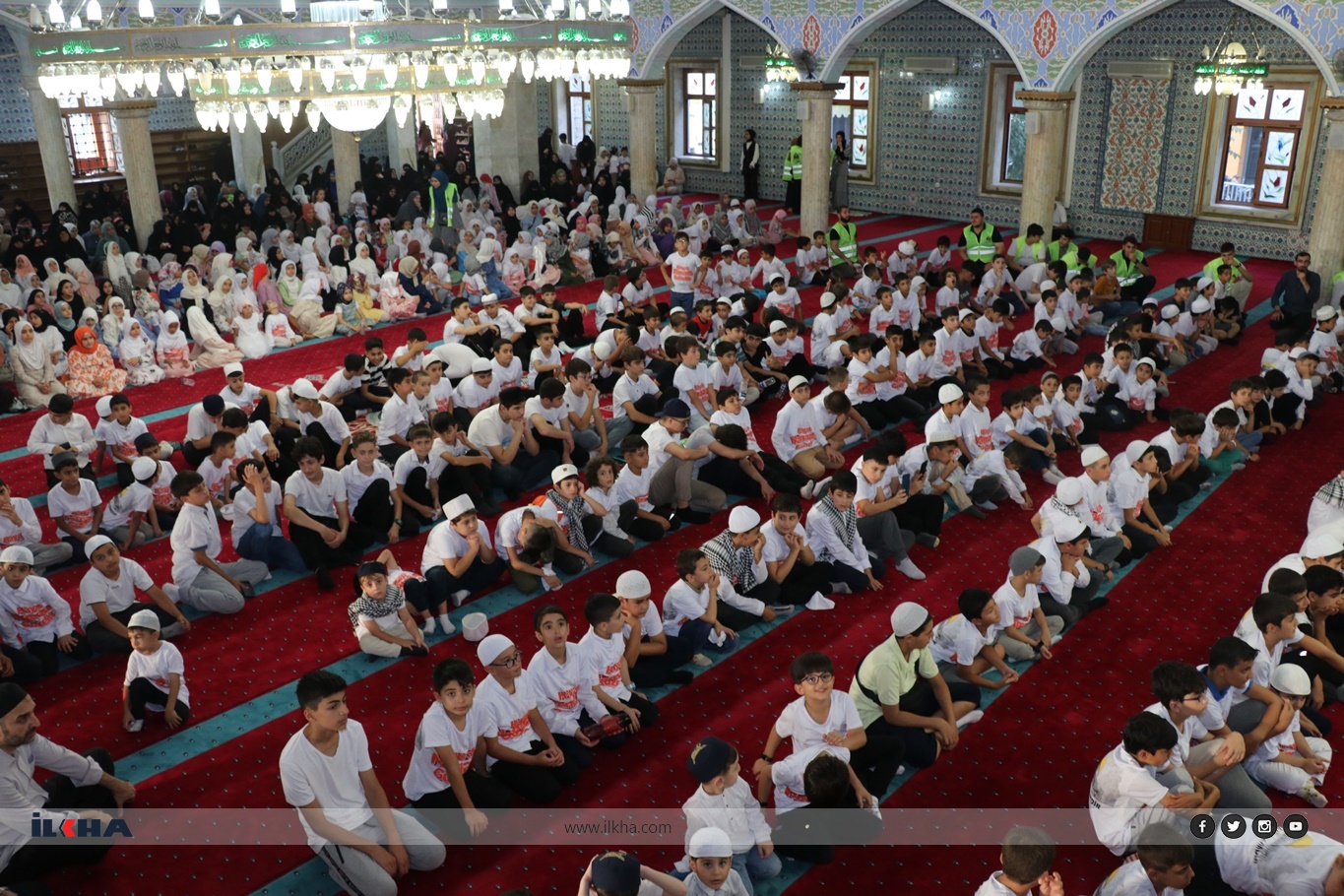
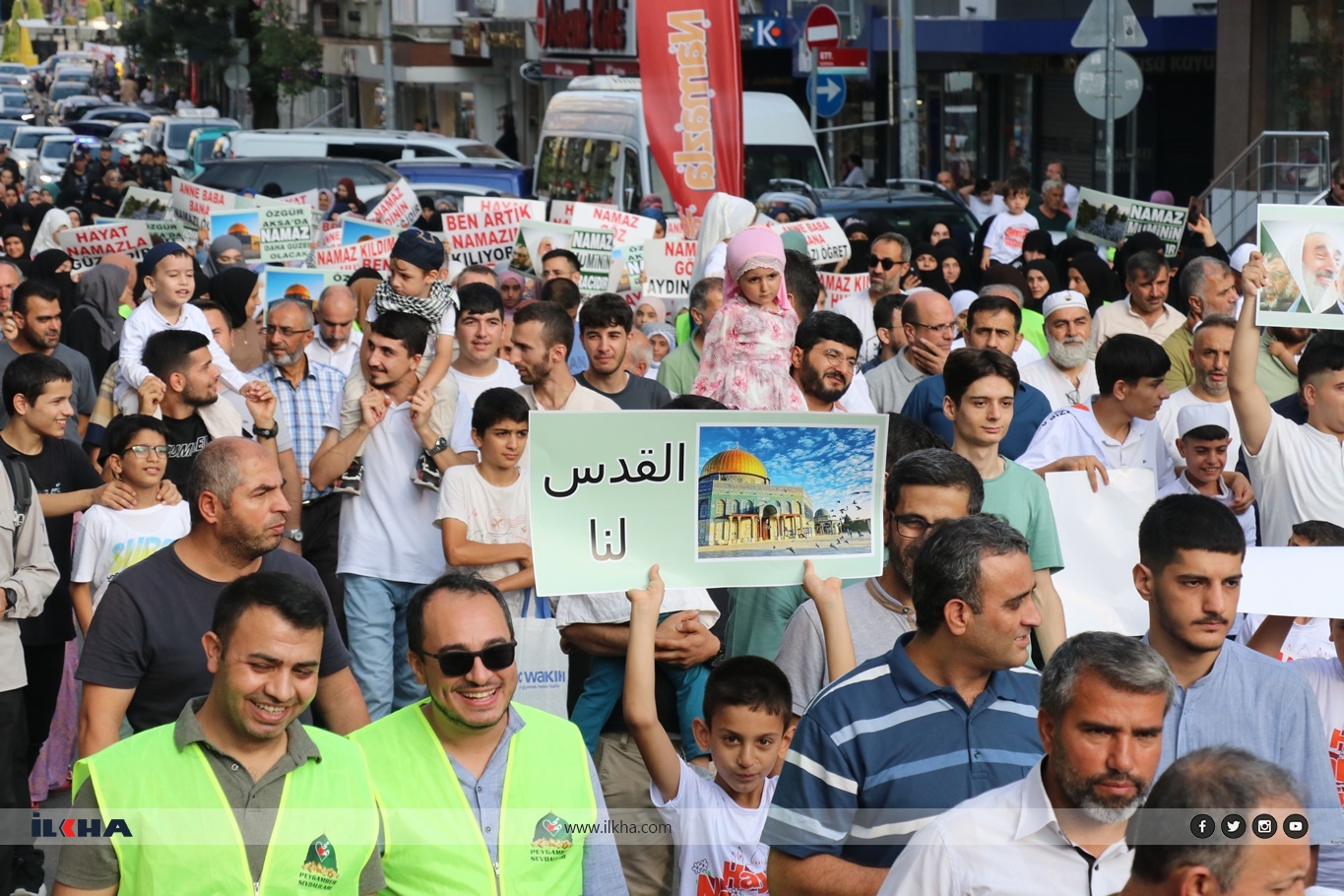
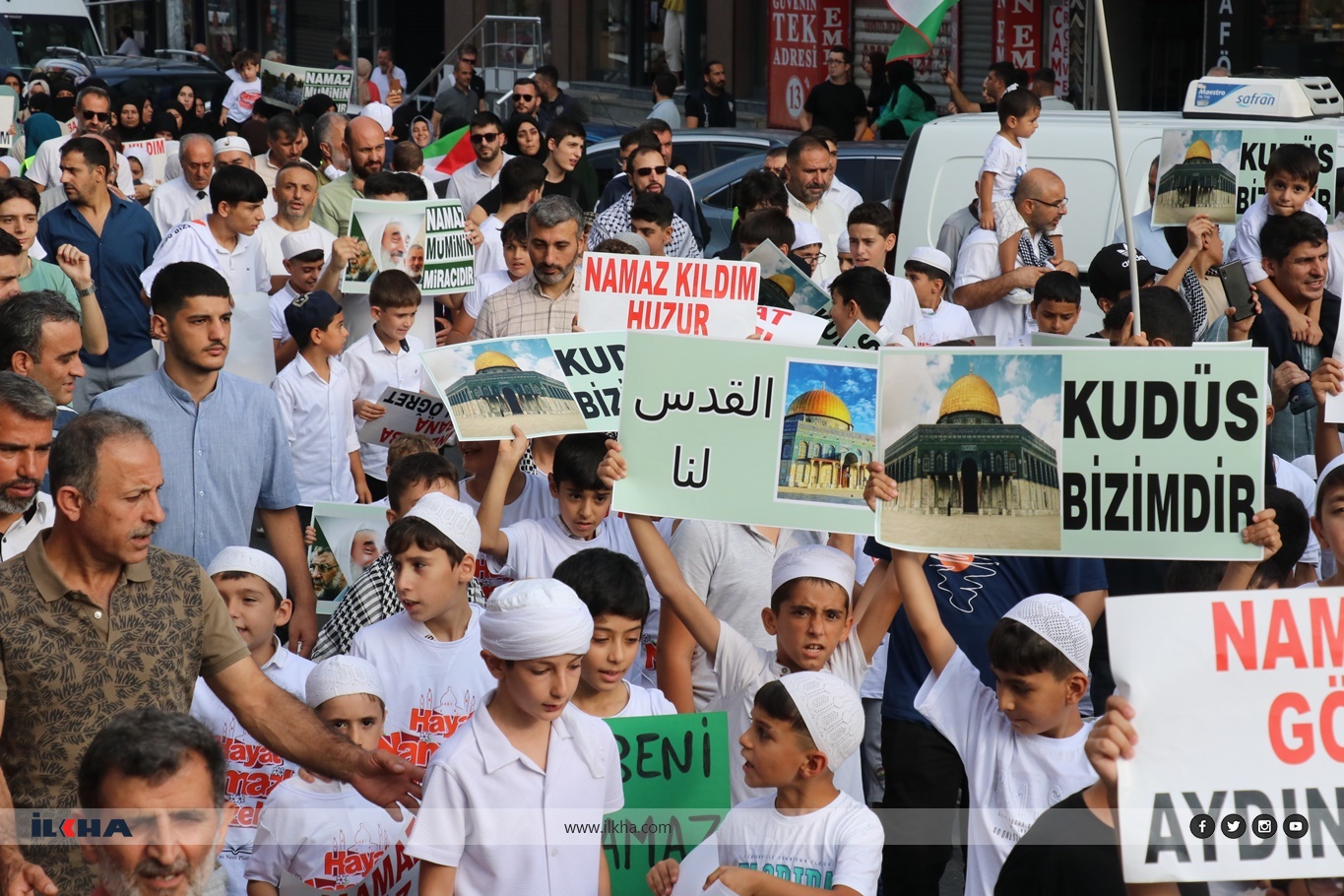
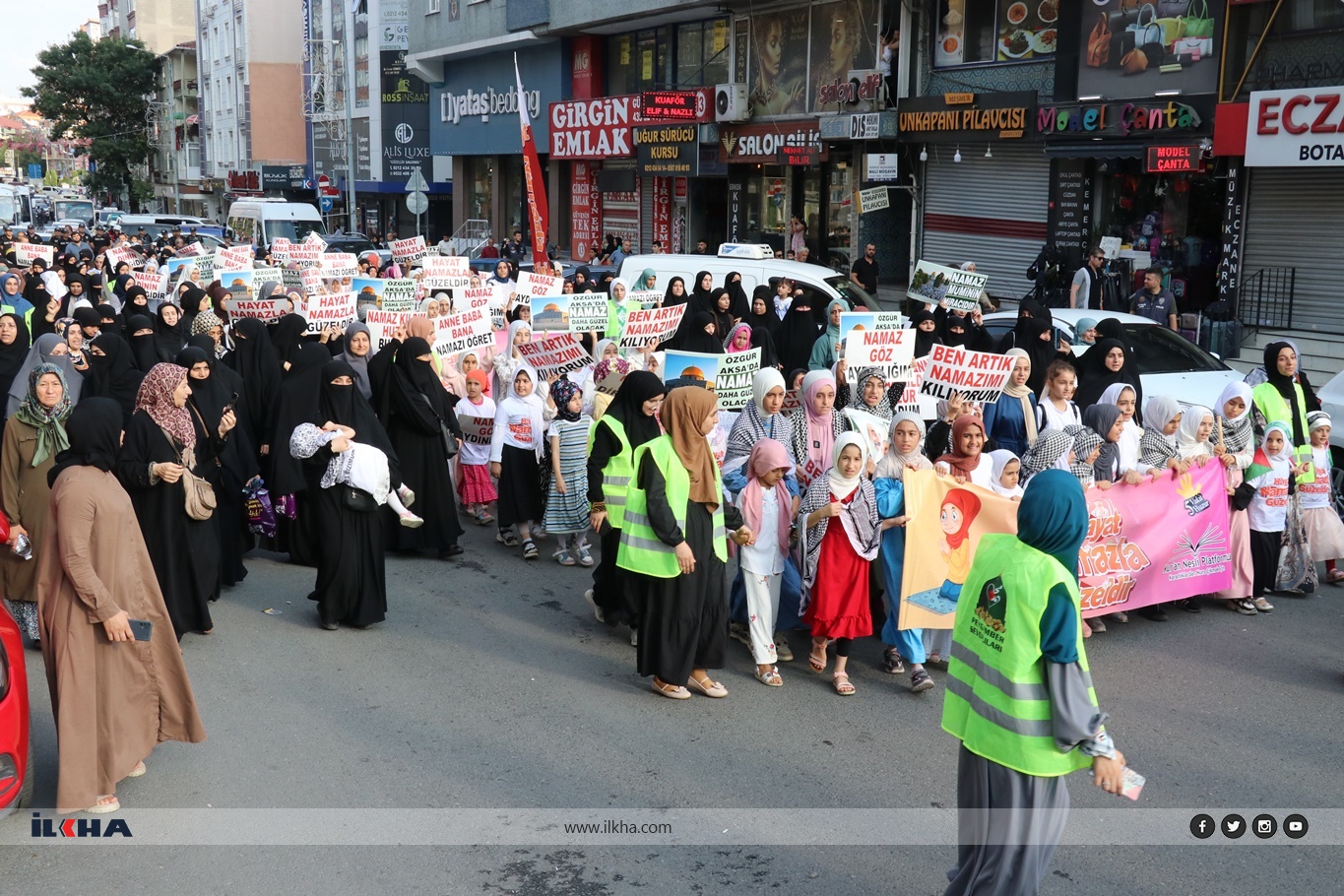
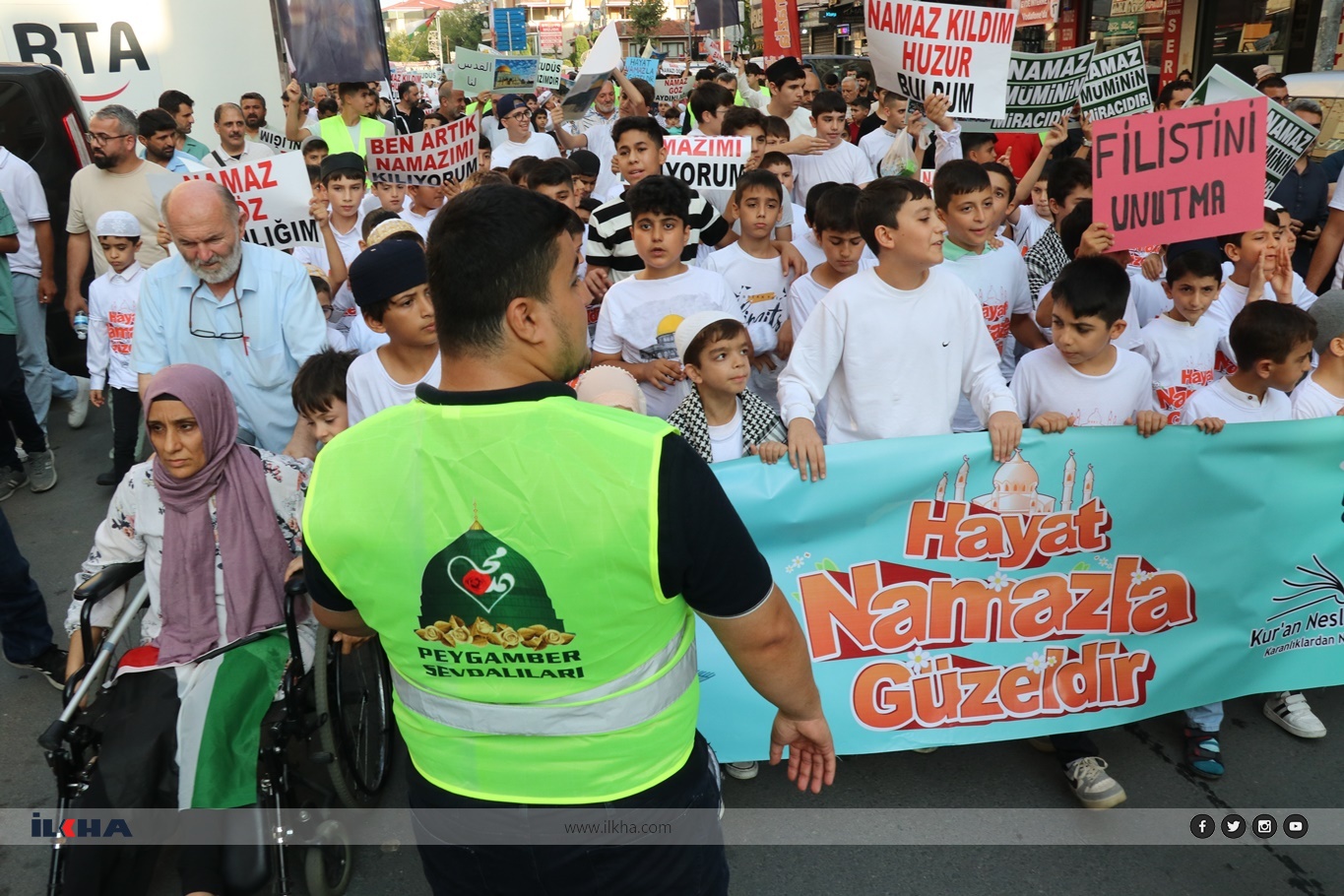


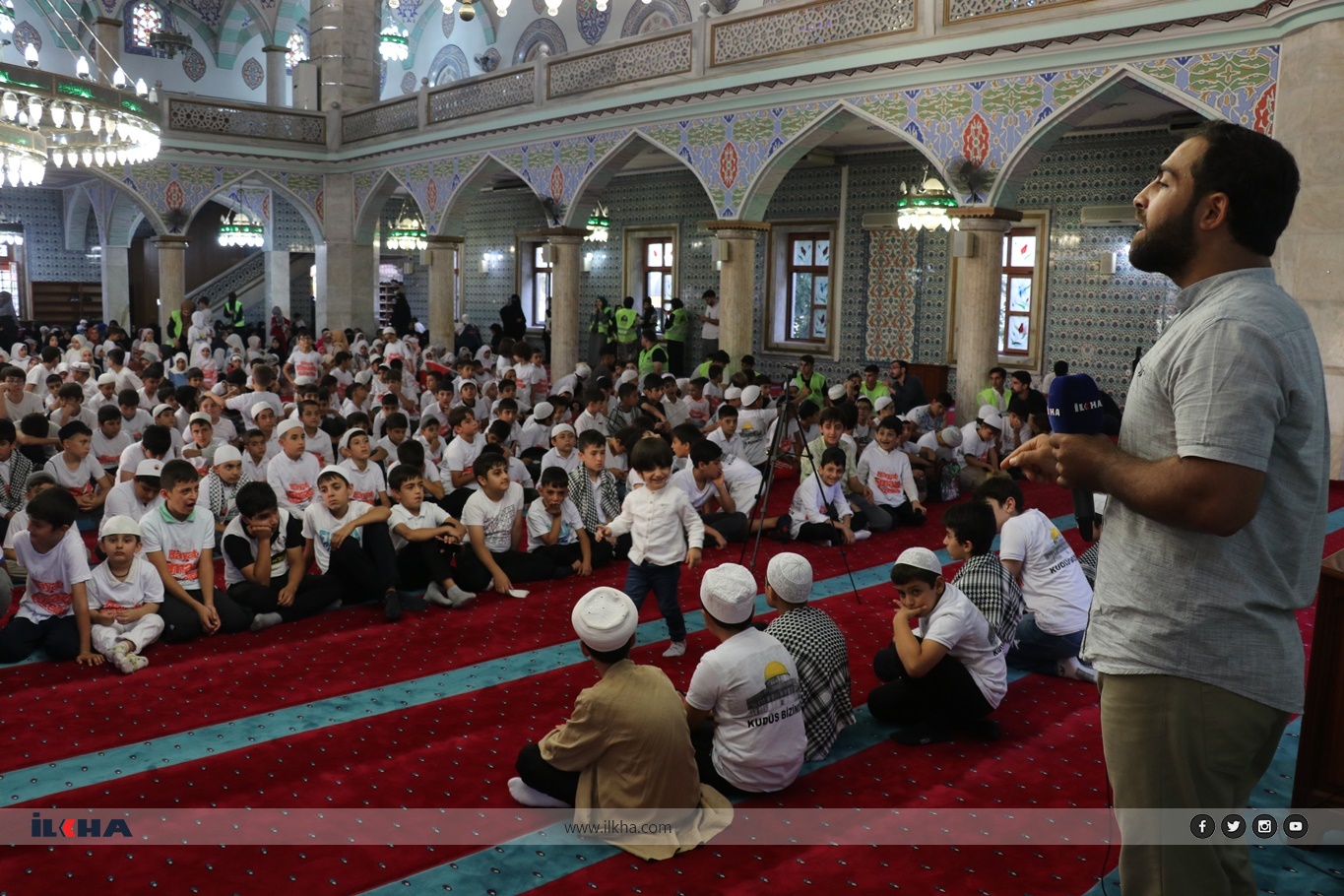
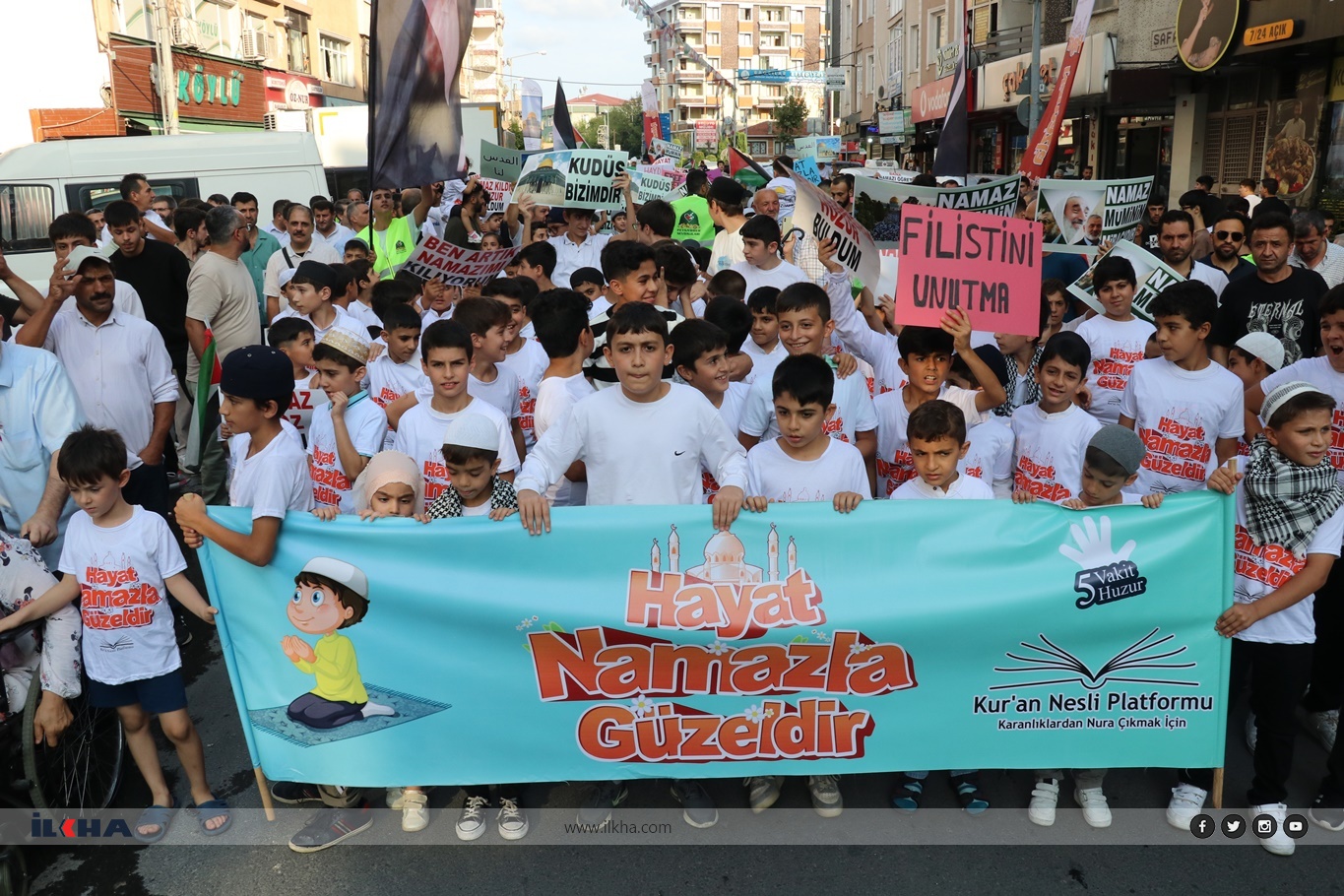
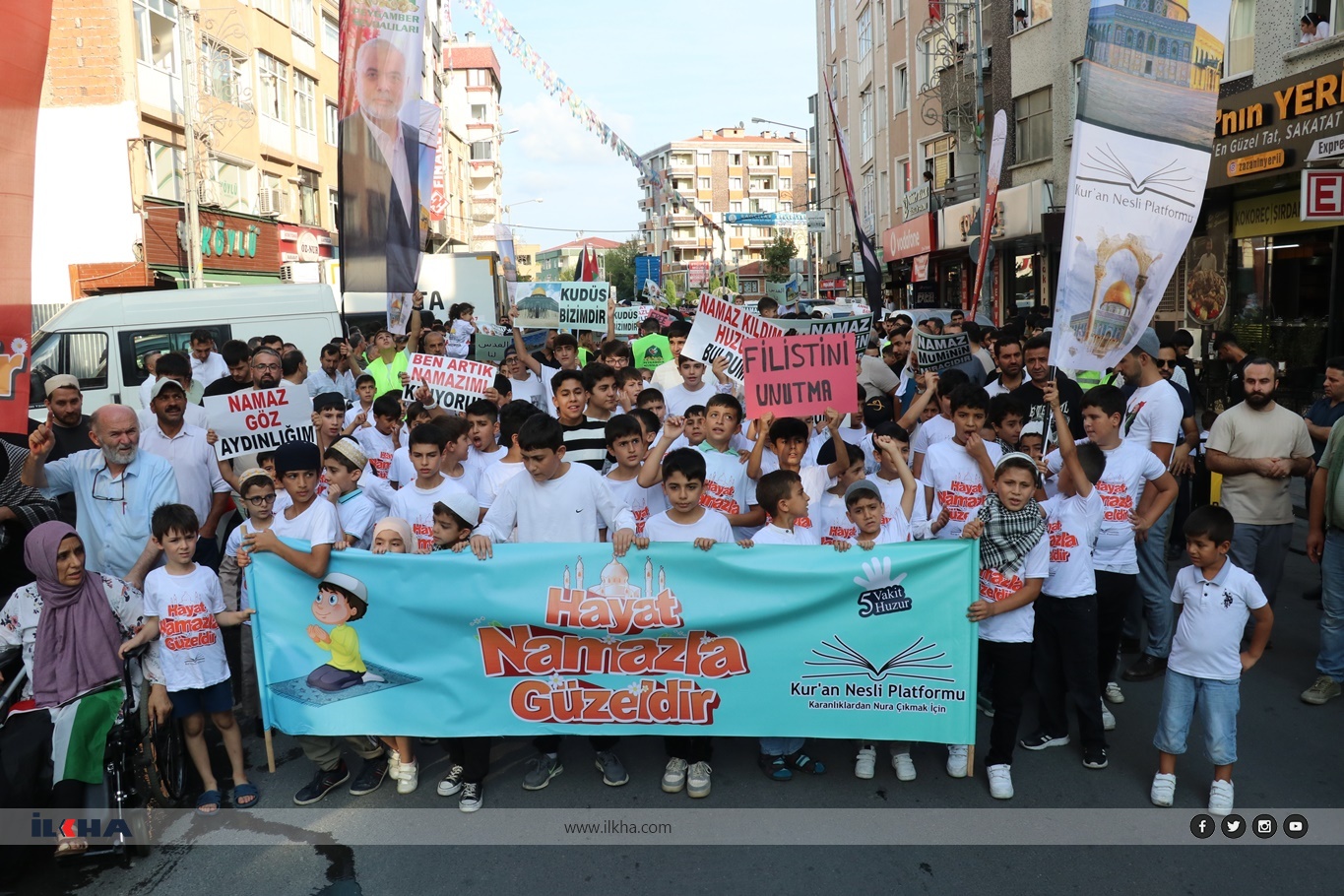
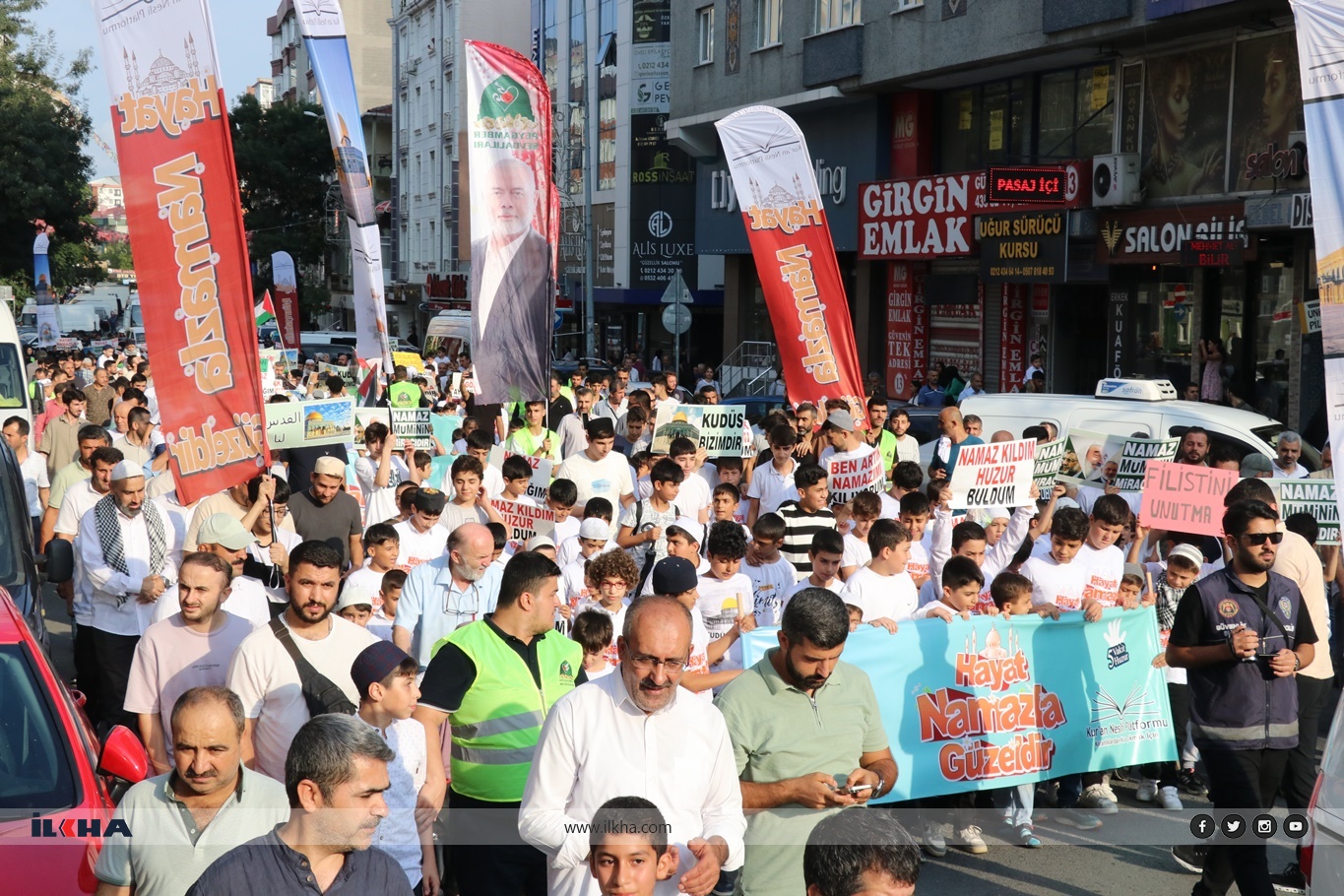
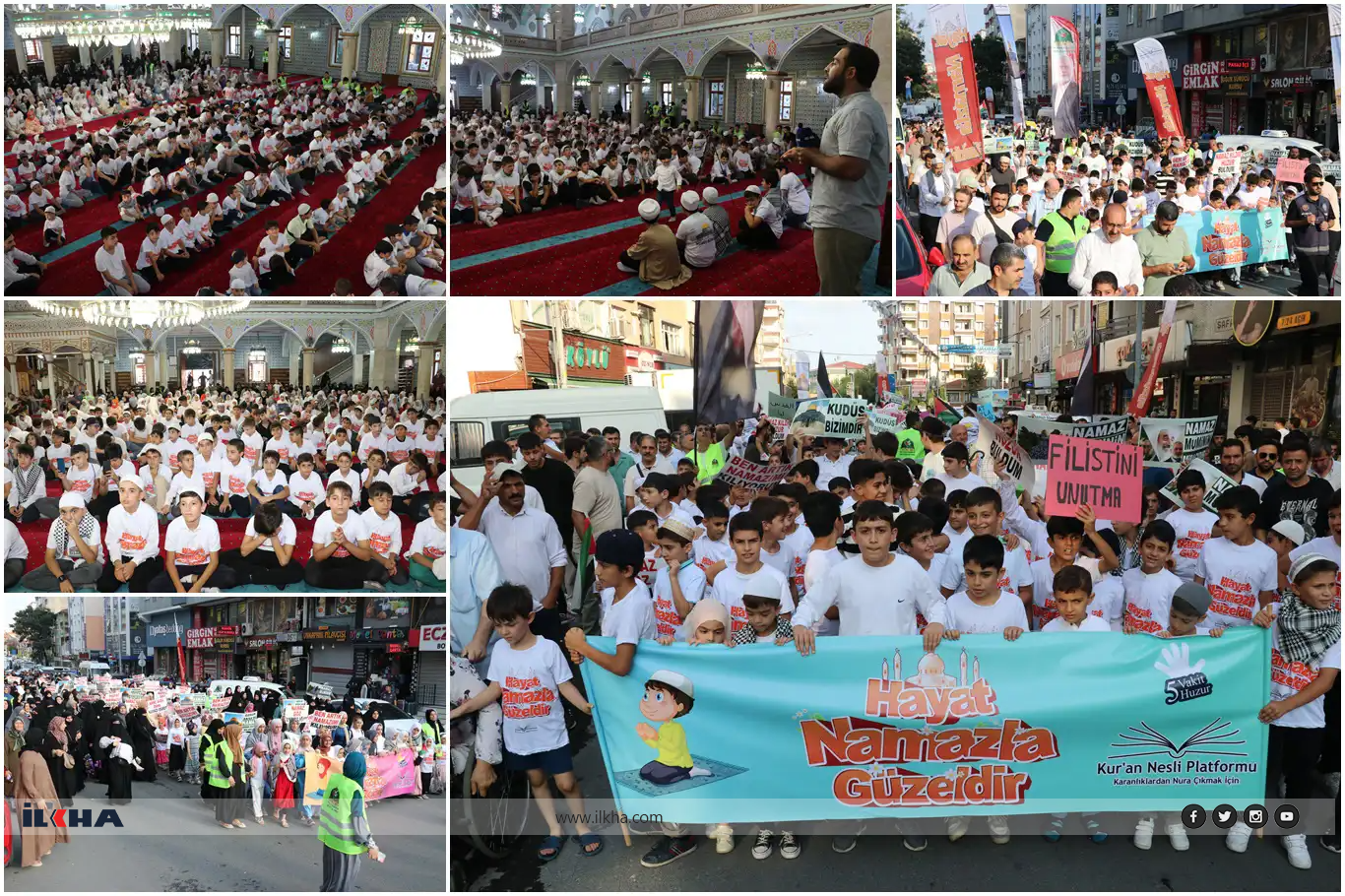
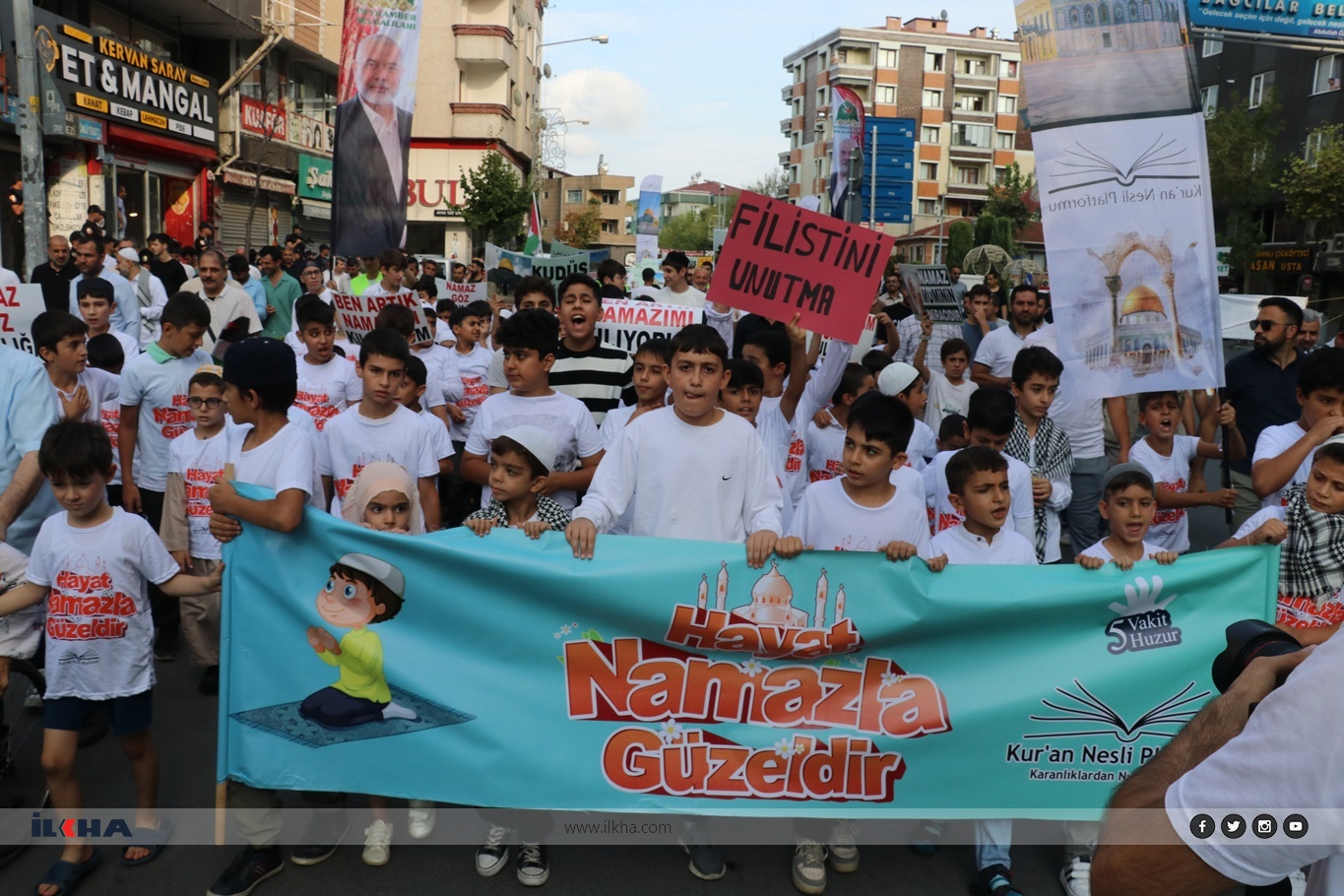



 Güncel
Güncel
 Dünya
Dünya
 Güncel
Güncel
 Güncel
Güncel
 Güncel
Güncel
 Dünya
Dünya
 Dünya
Dünya
 Dünya
Dünya
 Güncel
Güncel
 Güncel
Güncel





